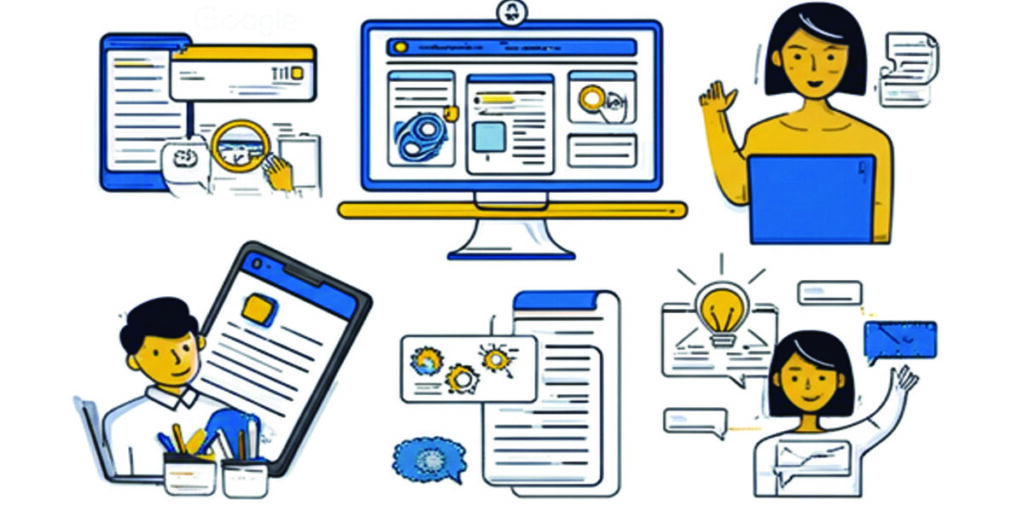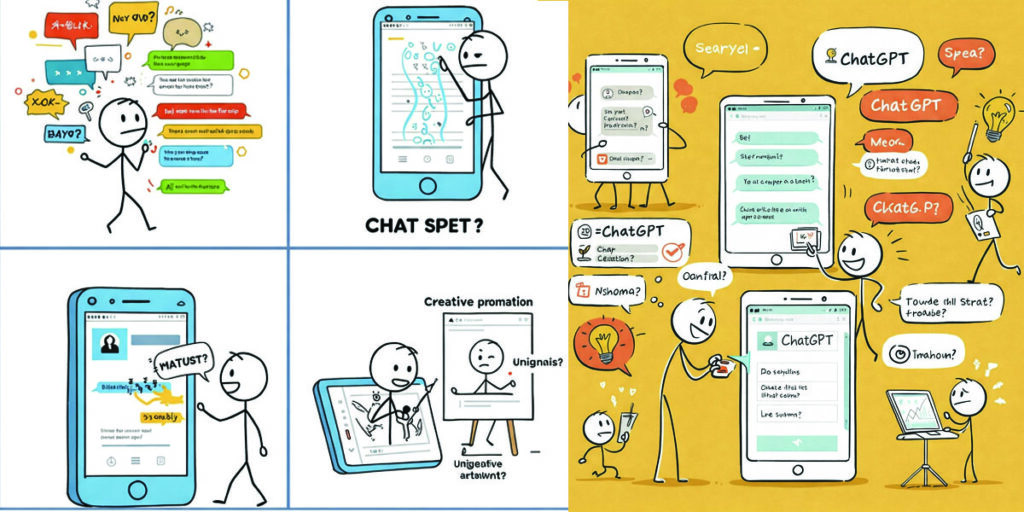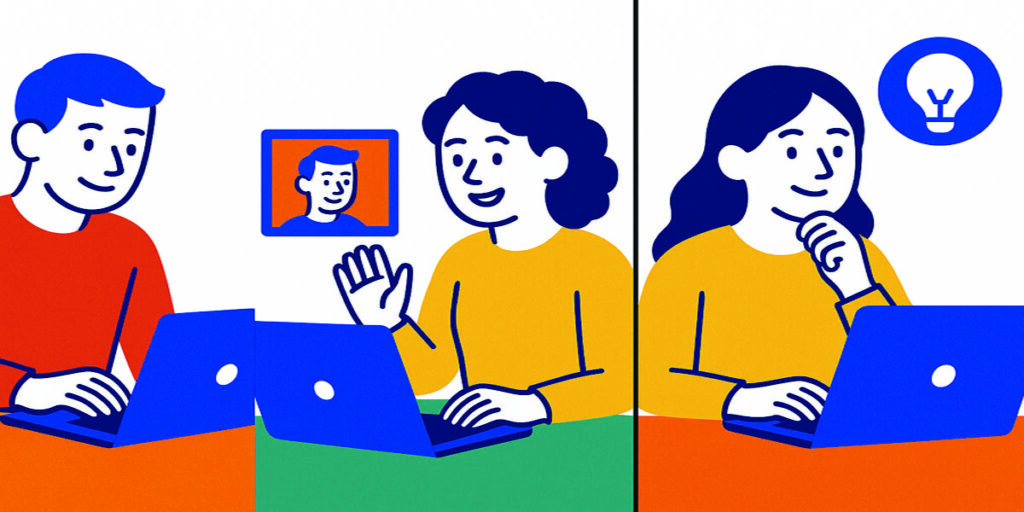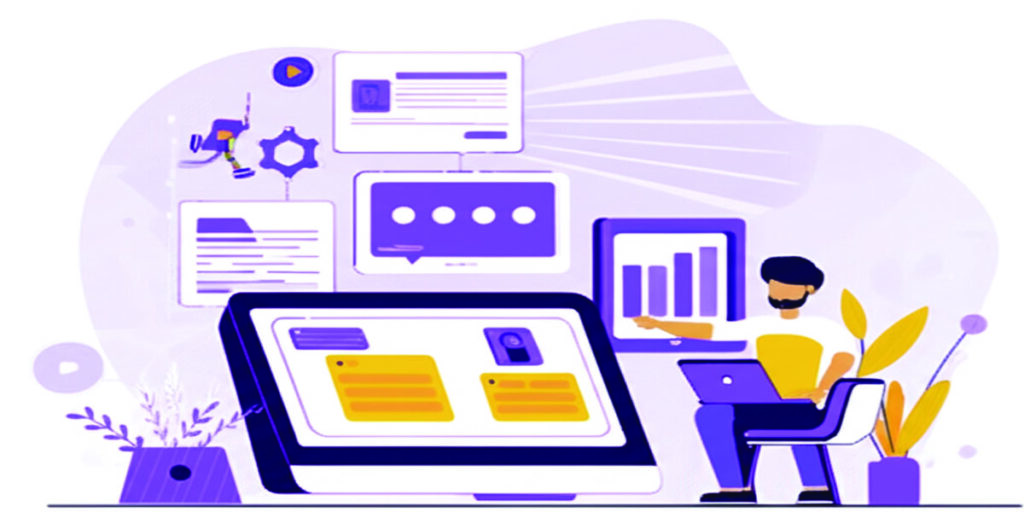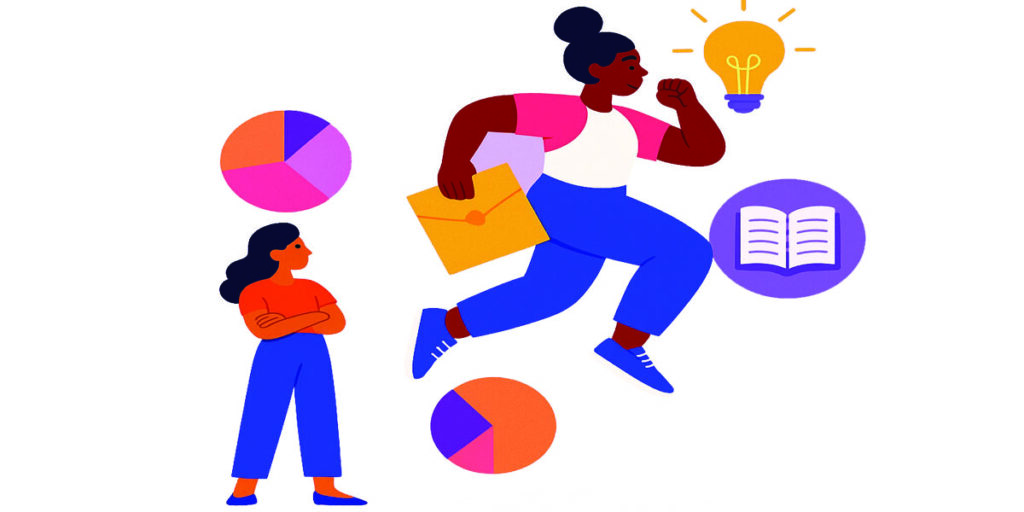Google Gemini represents a significant step forward in the evolution of AI assistants. Its multimodal architecture, powerful underlying models, and deep integration across Google’s ecosystem position it as a versatile and indispensable tool for enhancing productivity, fostering creativity, and accessing information in new and intuitive ways.
While ethical considerations and ongoing development are crucial aspects to navigate, the potential benefits of Gemini are undeniable. As it continues to evolve and integrate further into our digital lives, Google Gemini promises to redefine our relationship with technology, ushering in a new era of intelligent and collaborative AI assistance. Its ability to understand and interact with the world in a more comprehensive and human-like manner marks a pivotal moment in the journey towards truly intelligent and helpful AI.
In the rapidly evolving landscape of artificial intelligence, Google has consistently positioned itself at the forefront of innovation. Their latest stride in this domain is Google Gemini, formerly known as Bard – a sophisticated AI chatbot and productivity assistant designed to seamlessly integrate into users’ digital lives, enhance creativity, and streamline workflows. Gemini represents a significant leap forward in natural language processing and multimodal AI, promising to redefine how we interact with technology and information.
This article delves deep into the capabilities, evolution, underlying technology, and potential impact of Google Gemini, exploring its features, strengths, limitations, and its place within the broader AI ecosystem.
The Genesis of Gemini: From LaMDA to a Multimodal Future
The foundation of Gemini lies in Google’s groundbreaking language model for dialogue applications, LaMDA (Language Model for Dialogue Applications). LaMDA, unveiled in 2021, distinguished itself through its ability to engage in open-ended, natural-sounding conversations, exhibiting a remarkable capacity for understanding and responding to nuanced prompts. Its architecture was specifically trained on dialogue data, enabling it to maintain context and generate coherent and relevant responses across a wide range of topics.
Bard, the initial iteration of Google’s conversational AI, was first introduced in February 2023. Built upon a lightweight and optimized version of LaMDA, Bard aimed to provide users with a creative and collaborative AI companion. It was designed to assist with tasks such as drafting emails, brainstorming ideas, summarizing text, and answering questions in an engaging and informative manner. Bard’s initial integration with Google Search allowed it to leverage real-time information, providing more up-to-date and contextually relevant responses compared to some of its contemporaries.
The transition from Bard to Gemini marked a significant evolution, signifying a move towards a more powerful and versatile AI model. In December 2023, Google announced Gemini, highlighting its multimodal capabilities. Unlike its predecessor, which primarily focused on text-based interactions, Gemini is engineered to understand and process information across various modalities, including text, images, audio, video, and code. This fundamental shift positions Gemini as a truly holistic AI assistant capable of handling a much broader spectrum of tasks and user needs.
The name “Gemini” itself evokes the concept of duality and multifaceted intelligence, reflecting the model’s ability to operate across different data types and perform diverse functions. This rebranding underscores Google’s ambition to create an AI that is not just a text-based chatbot but a comprehensive productivity tool that can understand and interact with the world in a more human-like way.
The Power Within: Understanding Gemini’s Architecture
At the heart of Gemini lies a family of cutting-edge AI models, each tailored for different levels of complexity and computational resources. Google introduced three main versions of Gemini:
- Gemini Ultra: The largest and most capable model, designed for highly complex tasks and demanding workloads. It excels in areas such as advanced reasoning, intricate problem-solving, and creative collaboration. Gemini Ultra is intended for specialized applications and will power premium experiences.
- Gemini Pro: A highly efficient model that strikes a balance between performance and scalability. It is designed to be integrated across a wide range of applications and services, including Google’s core products like Search, Ads, and Chrome. Gemini Pro powers the free version of the Gemini chatbot.
- Gemini Nano: The smallest and most efficient model, specifically designed for on-device deployment on smartphones and other mobile devices. Gemini Nano enables features like smart reply and summarization to function directly on the device, enhancing speed and privacy.
The multimodal architecture of these Gemini models is a key differentiator. Traditionally, AI models were often specialized in processing a single type of data. Gemini, however, employs a novel approach that allows it to natively understand and reason across different modalities. This means that it can process a combination of text, images, audio, and video simultaneously, enabling more intuitive and contextually rich interactions. For instance, a user could provide Gemini with an image and ask questions about its content, or provide a video and request a summary of the key events.
This multimodal understanding is achieved through advanced neural network architectures and training methodologies that allow the model to learn intricate relationships and correlations between different types of data. By training on massive datasets encompassing text, images, audio, and video, Gemini develops a comprehensive understanding of the world and how these different modalities relate to each other.
Gemini in Action: Exploring its Capabilities and Features
Google Gemini boasts a wide array of capabilities that extend beyond simple question answering. Its multimodal nature and advanced reasoning abilities unlock a new level of interaction and productivity. Some of its key features and potential applications include:
- Enhanced Conversational Abilities: Building upon the strengths of LaMDA, Gemini excels at engaging in natural and fluid conversations. It can understand context, follow up on previous turns, and generate creative and informative responses in a variety of tones and styles.
- Multimodal Understanding and Generation: Gemini can process and understand information presented in various forms, including text, images, audio, and video. It can also generate content in these different modalities, such as creating image captions, summarizing videos, or transcribing audio. For example, a user could upload a photo of a complex graph and ask Gemini to explain the key trends and insights presented.
- Code Generation and Understanding: Gemini possesses strong coding capabilities, supporting various programming languages. It can assist developers with tasks such as generating code snippets, debugging existing code, explaining complex code structures, and translating code between different languages. A user could provide a description of a desired function and ask Gemini to generate the corresponding Python code.
- Creative Content Generation: Gemini can assist with various creative tasks, including writing different kinds of creative text formats (poems, code, scripts, musical pieces, email, letters, etc.), brainstorming ideas, and developing storylines. It can adapt its writing style to match the user’s preferences and provide suggestions to enhance creative output.
- Information Retrieval and Summarization: Integrated with Google’s vast knowledge graph and search capabilities, Gemini can efficiently retrieve and synthesize information from the web. It can summarize lengthy articles, extract key insights from documents, and provide concise answers to complex questions, often citing its sources.
- Personalized Assistance and Integration: Gemini is designed to be a personal productivity assistant, capable of learning user preferences and adapting to individual needs. Its integration with Google’s suite of products, such as Gmail, Docs, Slides, and Workspace, allows for seamless collaboration and enhanced productivity within familiar workflows. For instance, Gemini could help draft an email based on a user’s notes in Google Docs or generate presentation slides from a research paper.
- Problem Solving and Reasoning: Gemini’s advanced architecture enables it to perform complex reasoning tasks, solve mathematical problems, and analyze intricate scenarios. It can break down complex problems into smaller steps and provide logical explanations for its solutions.
The Integration Ecosystem: Gemini Across Google’s Products
A key aspect of Gemini’s potential lies in its deep integration across Google’s extensive ecosystem of products and services. This seamless integration promises to enhance user experiences and unlock new levels of productivity. Some notable integrations include:
- Google Search: Gemini’s ability to understand context and process information in a multimodal way can significantly enhance the search experience. It can provide more nuanced and comprehensive answers, incorporating information from various sources and modalities. For example, a user searching for information about a historical event could receive not only textual results but also relevant images and videos.
- Gmail and Workspace: Gemini can assist with various tasks within Gmail and Workspace applications, such as drafting emails, summarizing email threads, generating meeting agendas, and brainstorming ideas for documents and presentations. This integration can significantly streamline communication and collaboration workflows.
- Android: The integration of Gemini Nano on Android devices enables a range of on-device AI features, such as smart reply suggestions that are more contextually aware and the ability to summarize articles or transcribe audio directly on the device, enhancing speed and privacy.
- Chrome: Gemini can be integrated into the Chrome browser to provide intelligent assistance with tasks such as summarizing web pages, translating content, and answering questions related to the content being viewed.
- Google Cloud: Gemini’s powerful AI models are also being made available through Google Cloud, allowing developers and businesses to leverage its capabilities for a wide range of applications, including building custom AI-powered solutions, analyzing large datasets, and enhancing customer interactions.
Ethical Considerations and Future Directions
As with any powerful AI technology, the development and deployment of Google Gemini raise important ethical considerations. Issues such as bias in training data, the potential for misuse, and the impact on the job market need to be carefully addressed. Google has emphasized its commitment to responsible AI development, focusing on building models that are fair, safe, and beneficial to society.
Looking ahead, the future of Google Gemini holds immense potential. Continued advancements in AI research and development will likely lead to even more sophisticated capabilities and broader applications. We can expect to see further improvements in its multimodal understanding, reasoning abilities, and integration with various devices and platforms.
One potential direction is the development of more personalized and proactive AI assistants that can anticipate user needs and provide relevant information and support before being explicitly asked. Another area of focus could be enhancing Gemini’s ability to interact with the physical world through integration with sensors and IoT devices.
Furthermore, the collaboration between humans and AI, facilitated by tools like Gemini, is likely to evolve. We may see AI playing an increasingly significant role in augmenting human creativity, problem-solving, and decision-making across various domains.
